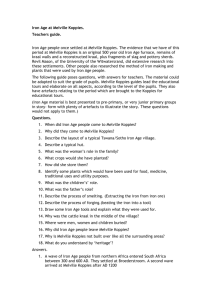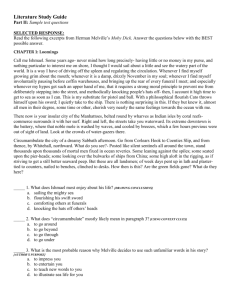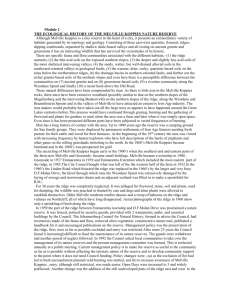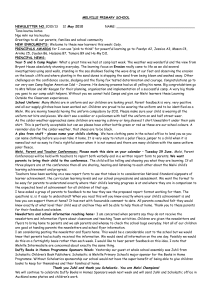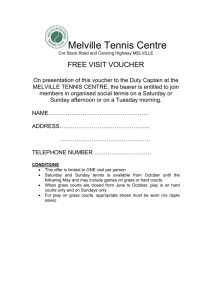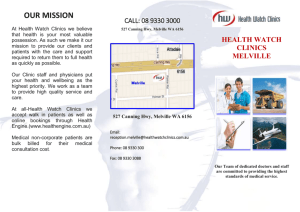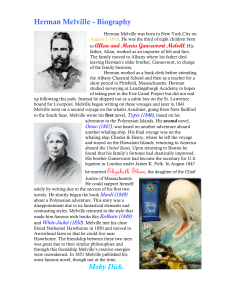MS Word document
advertisement
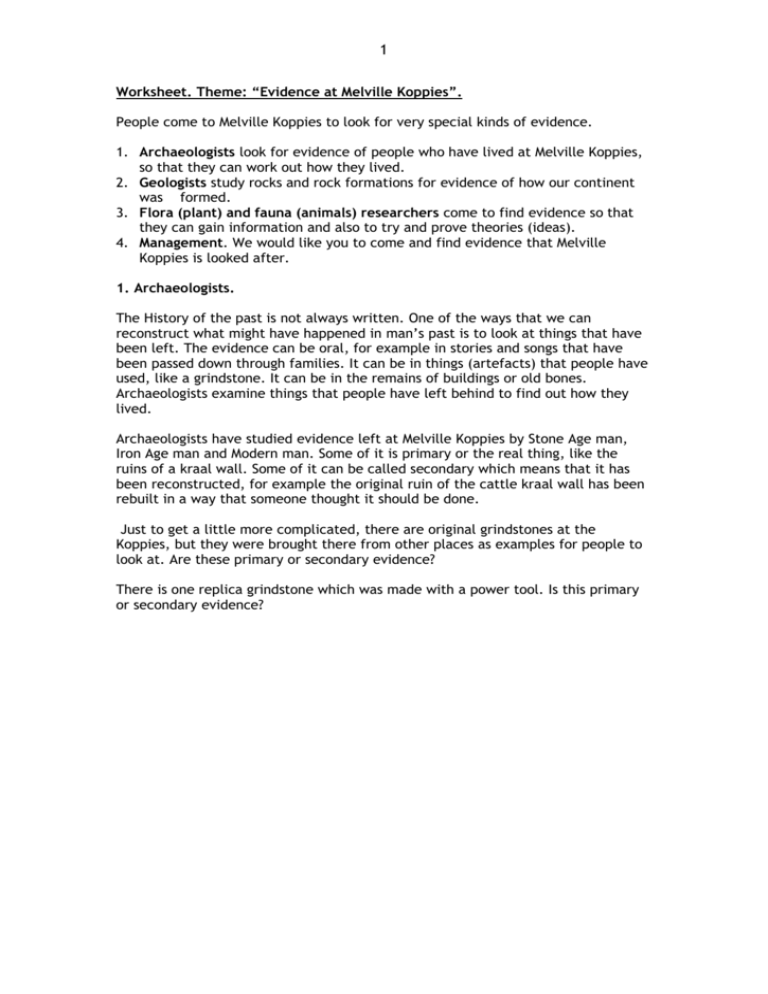
1 Worksheet. Theme: “Evidence at Melville Koppies”. People come to Melville Koppies to look for very special kinds of evidence. 1. Archaeologists look for evidence of people who have lived at Melville Koppies, so that they can work out how they lived. 2. Geologists study rocks and rock formations for evidence of how our continent was formed. 3. Flora (plant) and fauna (animals) researchers come to find evidence so that they can gain information and also to try and prove theories (ideas). 4. Management. We would like you to come and find evidence that Melville Koppies is looked after. 1. Archaeologists. The History of the past is not always written. One of the ways that we can reconstruct what might have happened in man’s past is to look at things that have been left. The evidence can be oral, for example in stories and songs that have been passed down through families. It can be in things (artefacts) that people have used, like a grindstone. It can be in the remains of buildings or old bones. Archaeologists examine things that people have left behind to find out how they lived. Archaeologists have studied evidence left at Melville Koppies by Stone Age man, Iron Age man and Modern man. Some of it is primary or the real thing, like the ruins of a kraal wall. Some of it can be called secondary which means that it has been reconstructed, for example the original ruin of the cattle kraal wall has been rebuilt in a way that someone thought it should be done. Just to get a little more complicated, there are original grindstones at the Koppies, but they were brought there from other places as examples for people to look at. Are these primary or secondary evidence? There is one replica grindstone which was made with a power tool. Is this primary or secondary evidence? 2 The table below has a list of things (evidence) on Melville Koppies which belonged to these three groups. Try and work out which group the evidence belongs to. Sometimes the evidence may belong to all three groups. Put a tick in the box next to the group/s that you think may have left the evidence. Group 1 is Stone Age man, group 2 is Iron Age man, Group 3 is Modern man. Evidence which may be found at Melville Koppies 1 1 500 year old furnace for making iron 2 Bird bath 3 Bird with a ring on its leg 4 Blast hole to look for gold 5 Bones of buck 6 Broken glass 7 Clay leopard 8 Electricity pylons 9 Gabions to stop the river bank from falling down 10 Grindstone to crush sorghum seeds 11 Information boards 12 Iron spears 13 Plastic bottle 14 Pottery sherds (broken pieces of clay pots) 15 Replica of iron spear and hoe 16 Slag (waste from the iron furnace) 17 Stone and Cement paths 18 Stone axe 19 Trigonometry beacon 20 Wooden bridge 2 3 2 Geologists just love the rocks and rock formations of Melville Koppies because they are amongst the oldest rocks in the World. The rocks are evidence of the age of Melville Koppies. The ridges of Melville Koppies are 2 900 million or 2.9 billion years old. They are made of very hard rocks called quartzite. If you want to drill a hole in these rocks you have to use a power tool In places you will find beautiful little white rocks or even veins of white in the rocks. These were formed by super hot boiling water that bubbled up from the centre of the Earth and dissolved silica to form the white rocks which are called quartz. Very expensive drinking glasses are made from crushed quartz. The valleys in between are made of a softer rock called shale which is easier to break. 3 Millions of years ago, Melville Koppies was covered by a huge inland sea. We can find evidence of this in some ripple marks on rocks The way the rocky ridges are tilted we think is evidence of the weight for the sea to the south, the weight of the Ventersdorp lavas, and to a degree the huge meteor that struck about 60km away near the present day town of Parys. The ridges were squashed up against each other and then they tilted to one side. After your walk through Melville Koppies, did you see Quartzite rocky ridges? ______ Little white quartz rocks? ______ A white quartz vein? ______ Shale? ______ Tilted rocky ridges? ______ 3 Research by studying evidence of flora and fauna. We learnt about some of the research projects that people are doing at Melville Koppies. Tell about one research project that you heard about. _______________________________________________ _______________________________________________ _______________________________________________ _______________________________________________ 4 Management. What evidence did you see at Melville Koppies that shows it is being looked after? _______________________________________________ _______________________________________________ _______________________________________________ 5 Why should property developers not be allowed to build houses all over Melville Koppies? _______________________________________________ _______________________________________________ _______________________________________________
